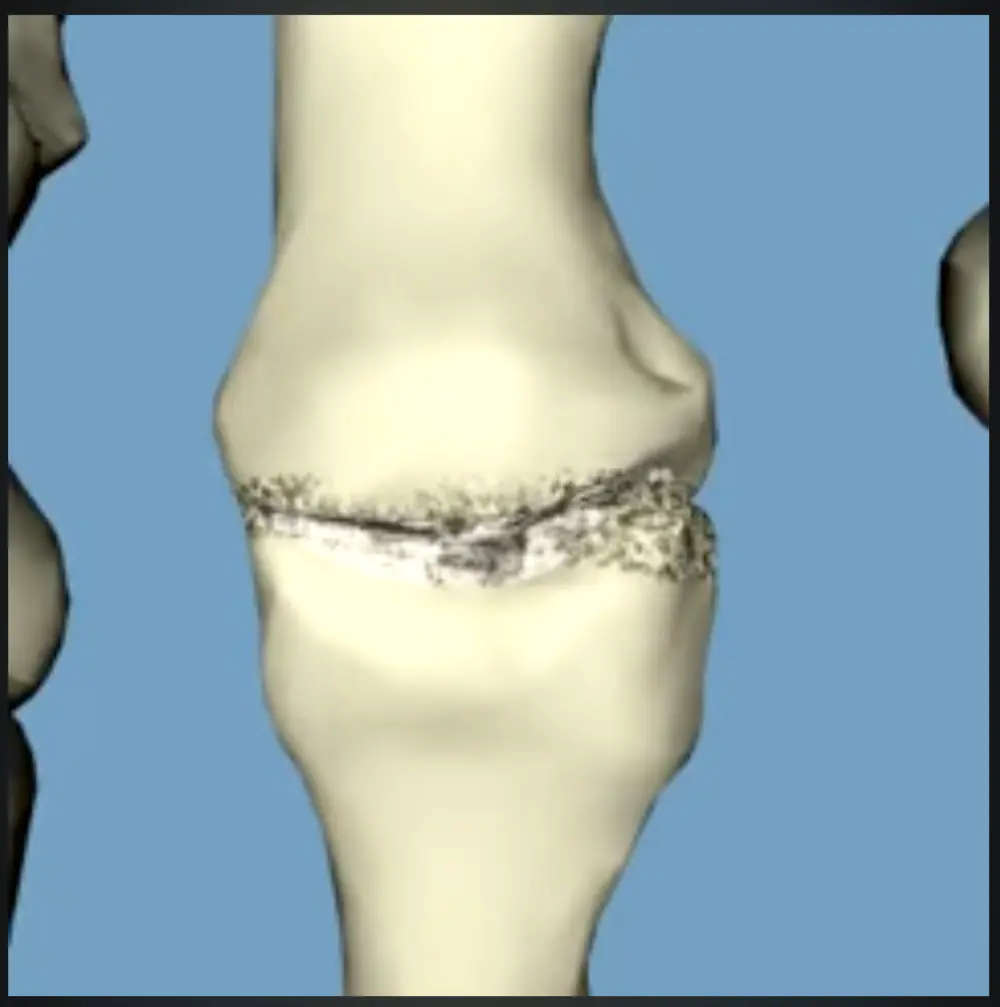
What are the Causes?
Hammer toe is caused by contracture of the tendons above and below the toe. Wearing the wrong shoes, trauma, muscle imbalance, a biomechanical or neurological disorder or certain inflammatory diseases can be the cause of the abnormality.








